Forum of Constantine in Istanbul
Forum of Constantine in Istanbul
In Constantinople, the capital of the Eastern Roman Empire, the Forum of Constantine was the largest plaza. Emperor Constantine erected notable structures in Eastern Rome, today known as the Byzantine Empire throughout modern history. The Great Palace, Hagia Sophia, and the Forum of Constantine were the most notable of these. In this article, you'll learn about the history and architecture of Constantinople's most famous square, the Forum of Constantine. The facts about the Column of Constantine, which was erected in the heart of the plaza by the Romans, will also be discussed. The holy relics of Christianity were said to be buried behind this column, according to legend.
Today, the Forum of Constantine and its Purple Column are known as Cemberlitas and are located in Istanbul. We'll have to take a journey through history to recount the narrative of the Forum and the Column.
Constantine the Great
Because he was the first Roman Emperor to accept Christianity, Emperor Constantine holds a particular place in history. With a polytheistic belief system, the Roman Empire entered a new era under Constantine's reign and completed its theological transition over the next 50 years. Constantine's reforms shaped the world's future and laid the groundwork for a new Eastern-centered empire (Eastern Roman Empire). The ancient capital of Rome, threatened by repeated barbarian assaults, fell out of favor during Constantine's reign and was replaced by Constantinople.
Constantine Forum
During the development of the New Rome, many colossal structures were added to the city. The Great Palace, Church of the Holy Apostles, Hippodrome, and Constantine's Forum were the most important. From the city's original magnificent constructions until the present day, not much has left. The Column of Constantine (also known as Cemberlitas or Burnt Column) that stands in the heart of the Forum of Constantine can still be seen.
When we examine the structures created during the city's early years, we can observe that the emperor sets a high value on the new capital. He aspired for the city to be as beautiful and sacred as Rome. The Emperors' Great Palace and the Hippodrome, where the races would be staged, were built next to each other. Furthermore, The Forum of Constantine, a massive square where people will congregate, was planned. To provide holiness to the city, a church dedicated to Jesus' disciples was built. This structure, known as the Church of the Holy Apostles, would also serve as Constantine's mausoleum.
Column of Constantine
From the perspective of Christian historians of the time, Constantine was a Christian monarch. When we look at Constantine's actions, however, we can see that he possessed a distinct religious worldview. With Constantine's Edict of Milan, Christianity was finally unleashed after years of suppression by Roman emperors (313). We can see that Constantine had a policy of reconciling old and new religions during this age when religious divisions were still uncertain. In the journey to Christianity, Constantine did not abandon the emblems of the Roman people's pagan background. The Column of Constantine in the Roman Forum veiled the reflections of this transitional age. At the top of the column was a statue of Apollo, which was thought to have been transported from Troy. Of course, this statue was a pagan emblem. The sun deity Apollo's head was adorned with seven rays. Nails depicting Jesus' Passion were inserted among the beams. In other words, the statue in a religious sense alluded to both Rome's past and future.
With its lengthy and famous history prior to Ottoman administration in Istanbul, the Forum of Constantine is undoubtedly one of Istanbul's most important historical places next to Hagia Sophia and Topkapi Palace!
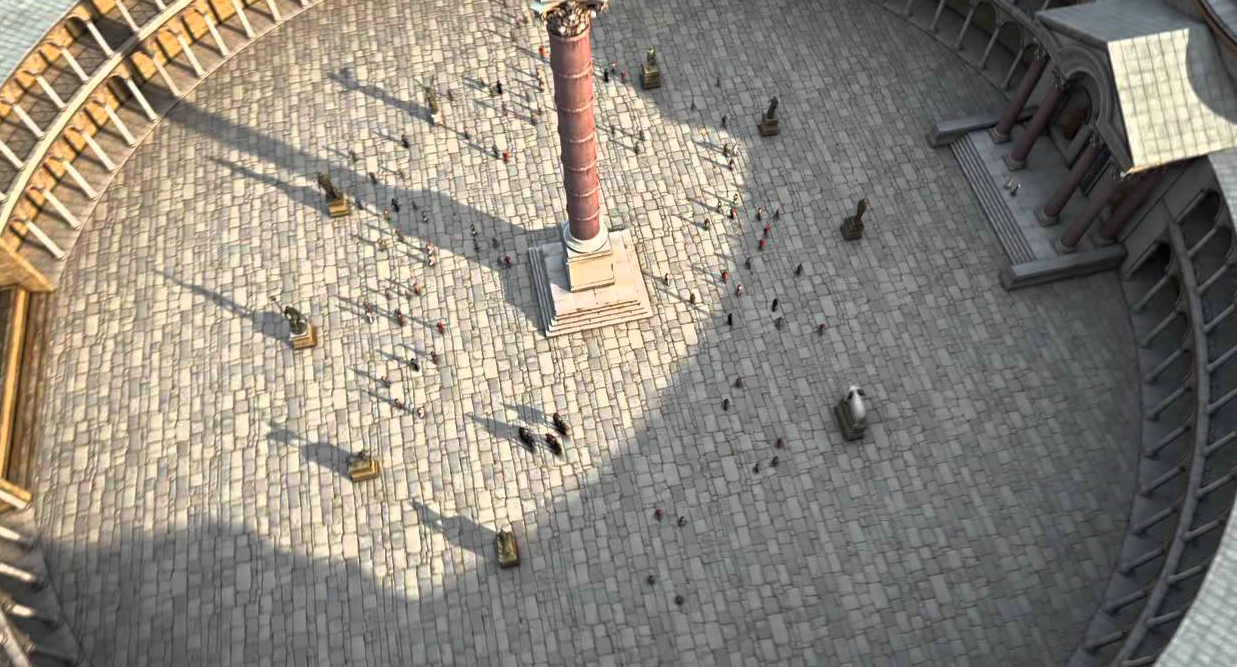




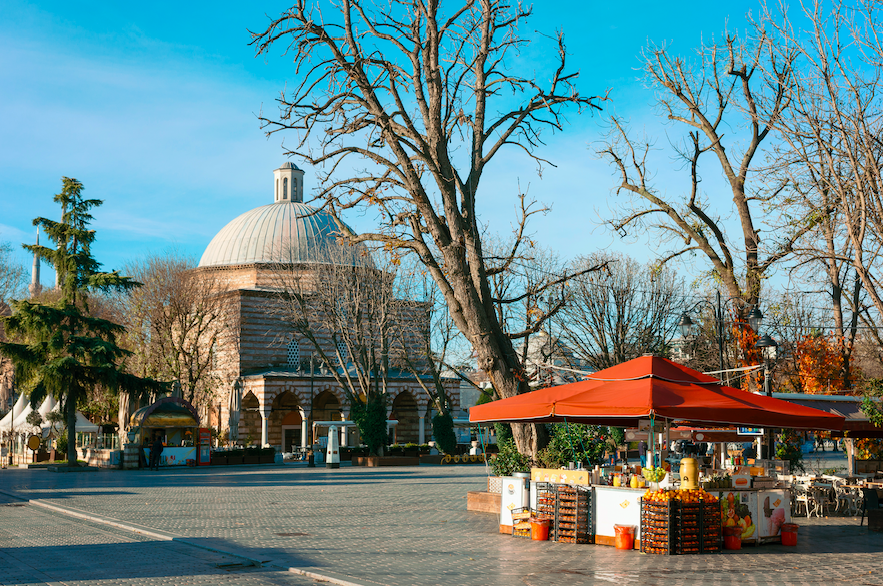
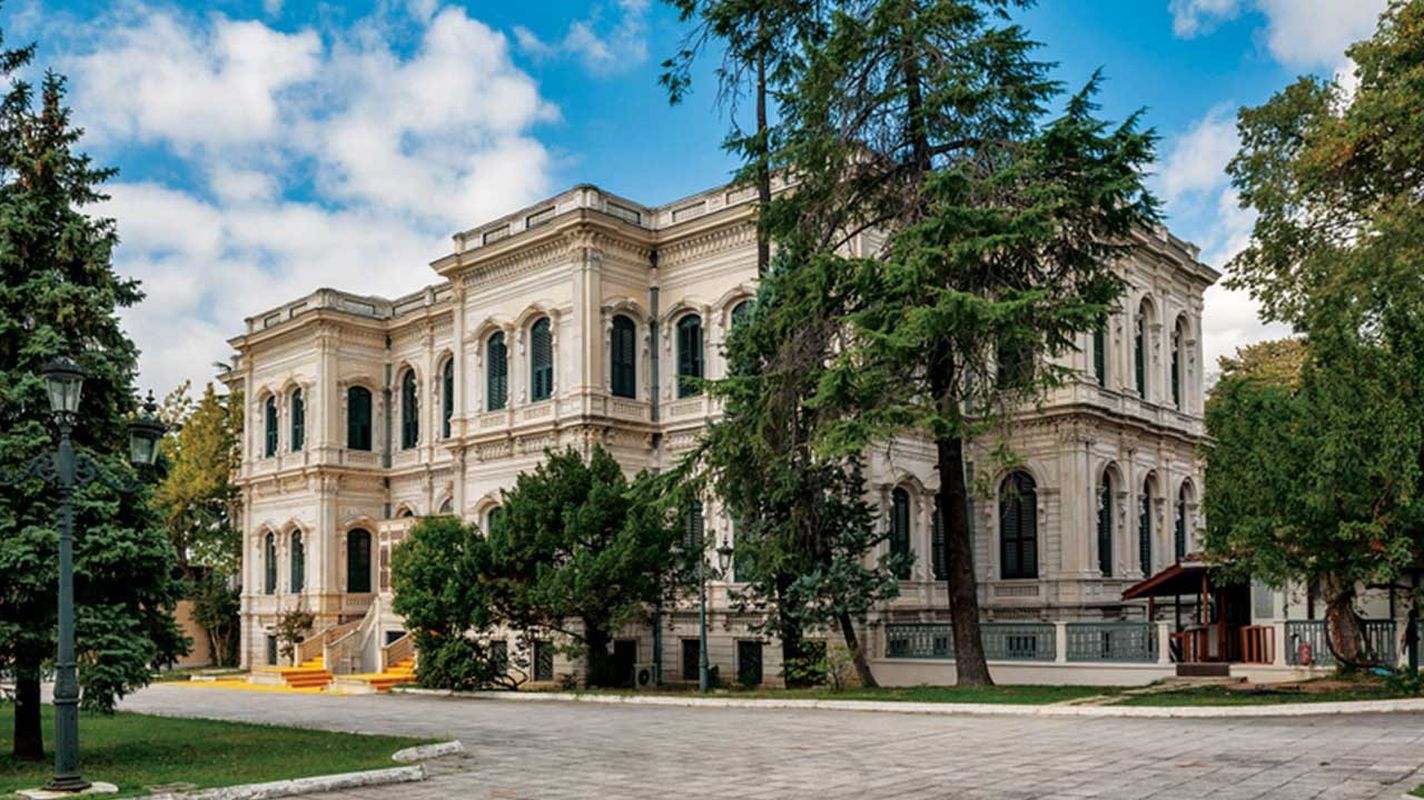
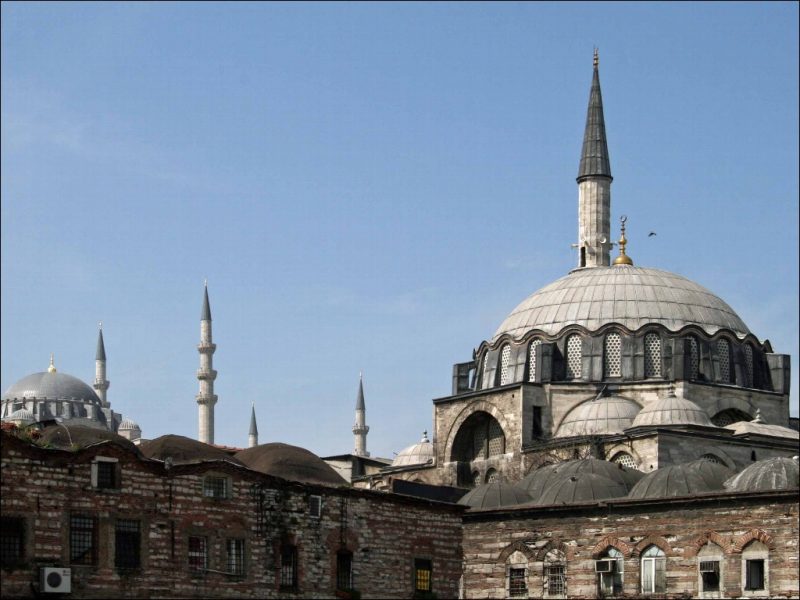
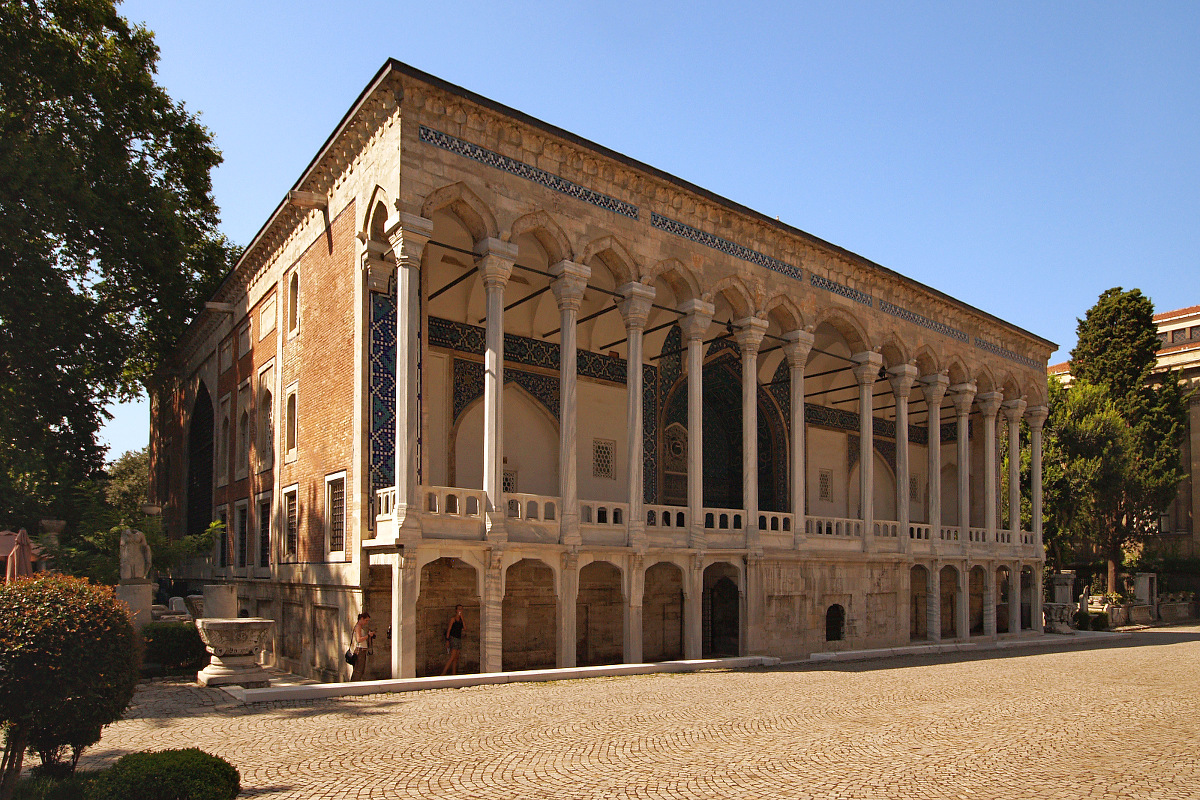



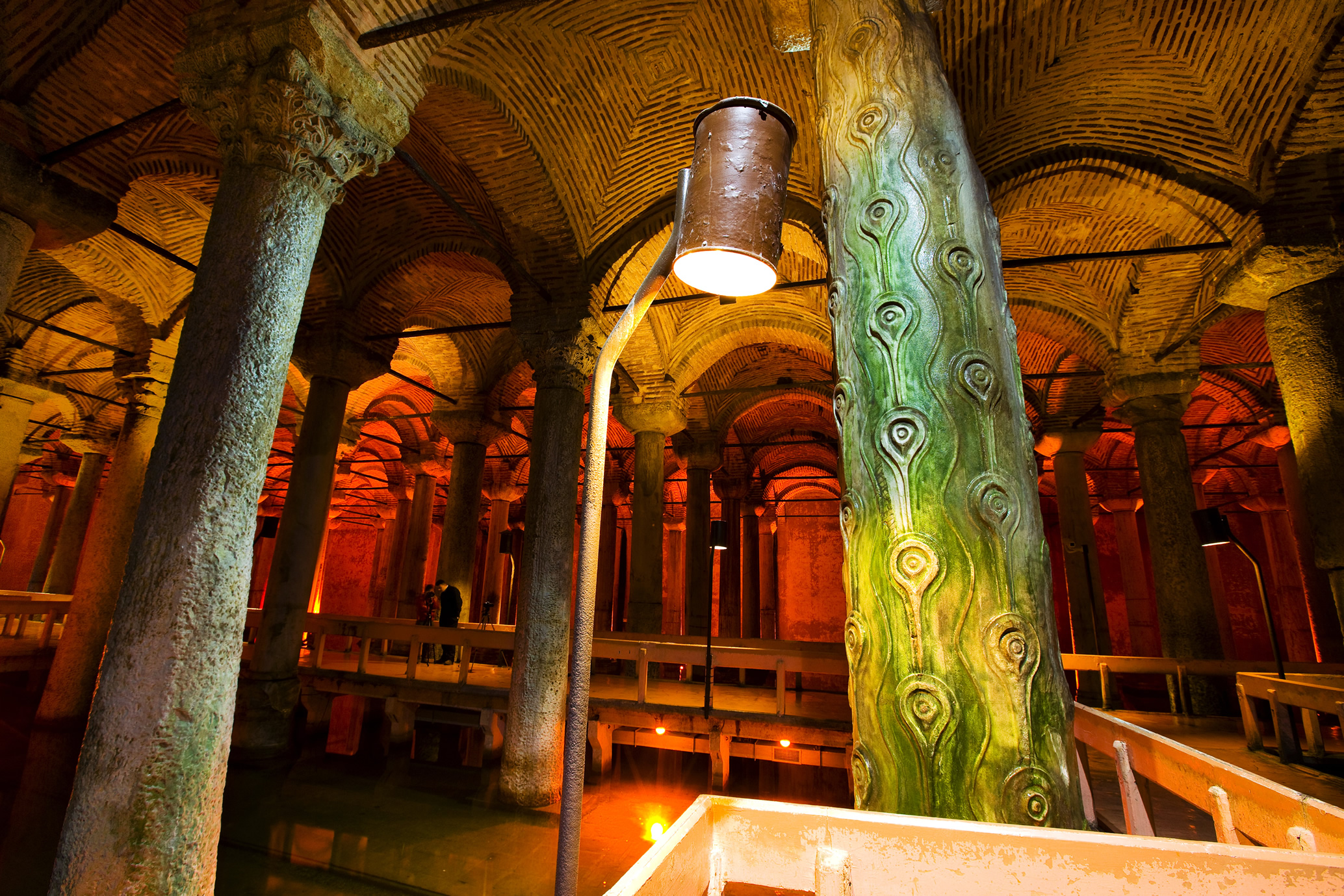
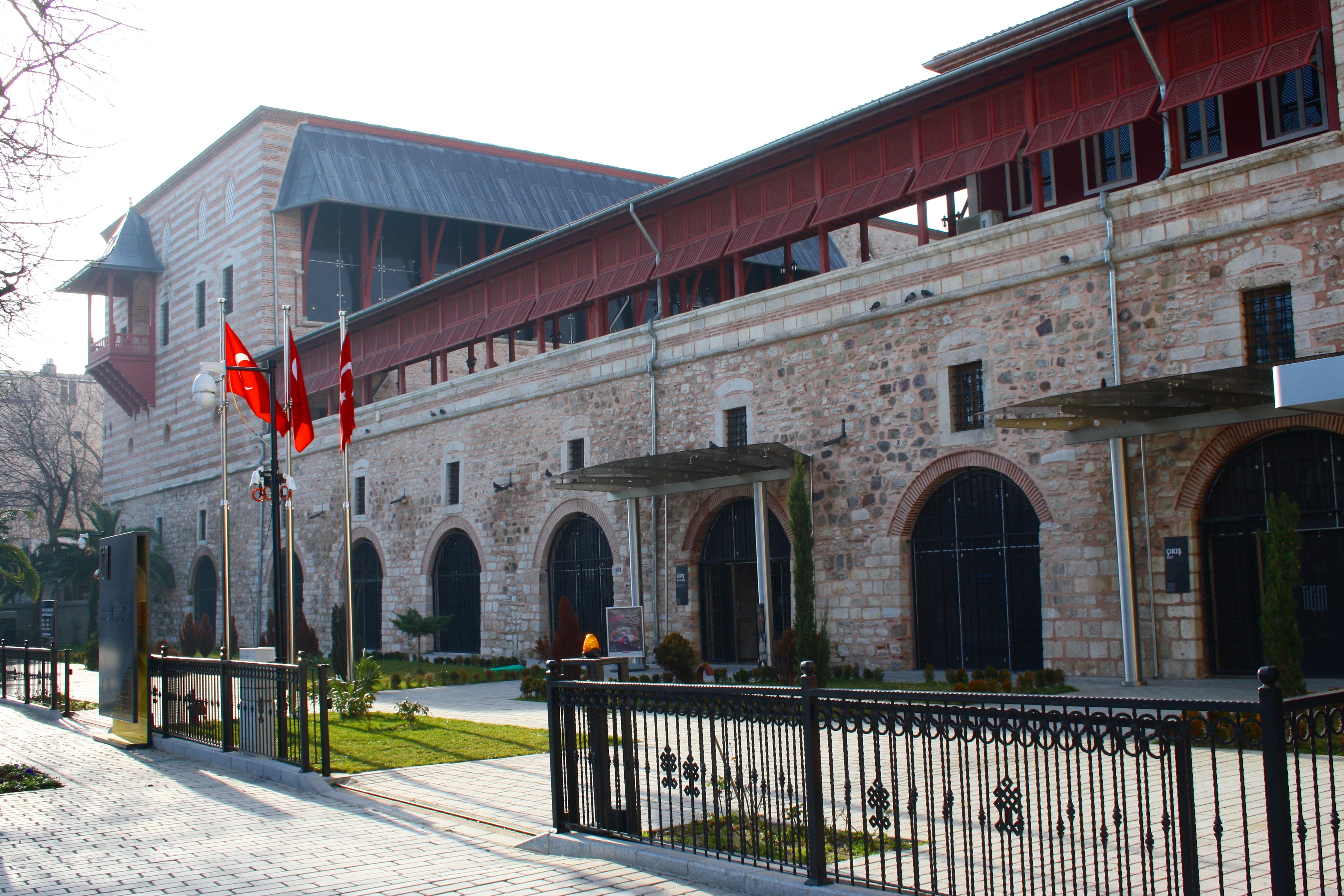
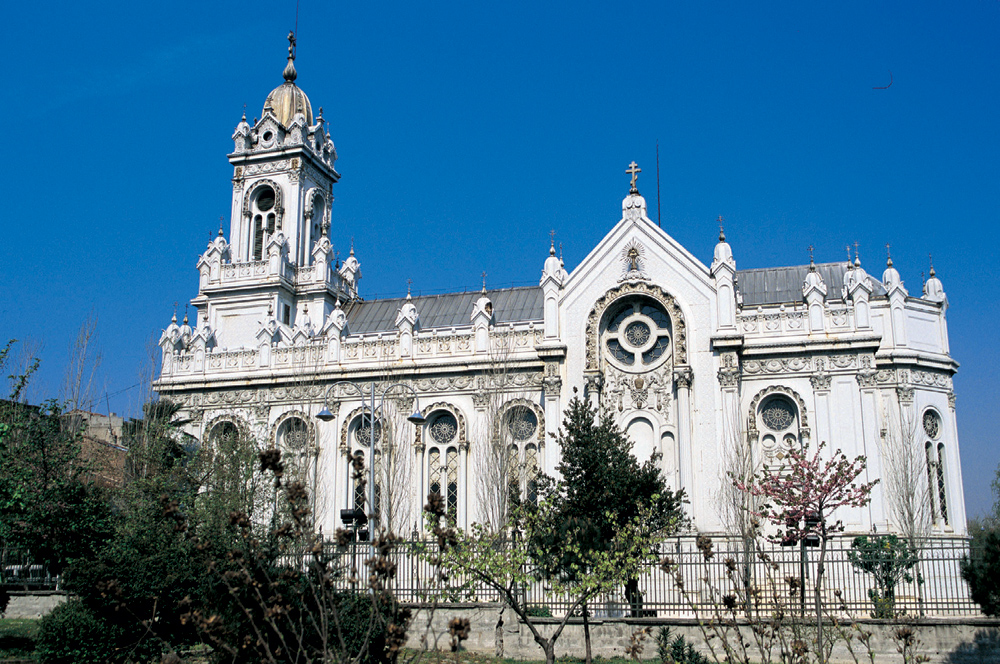
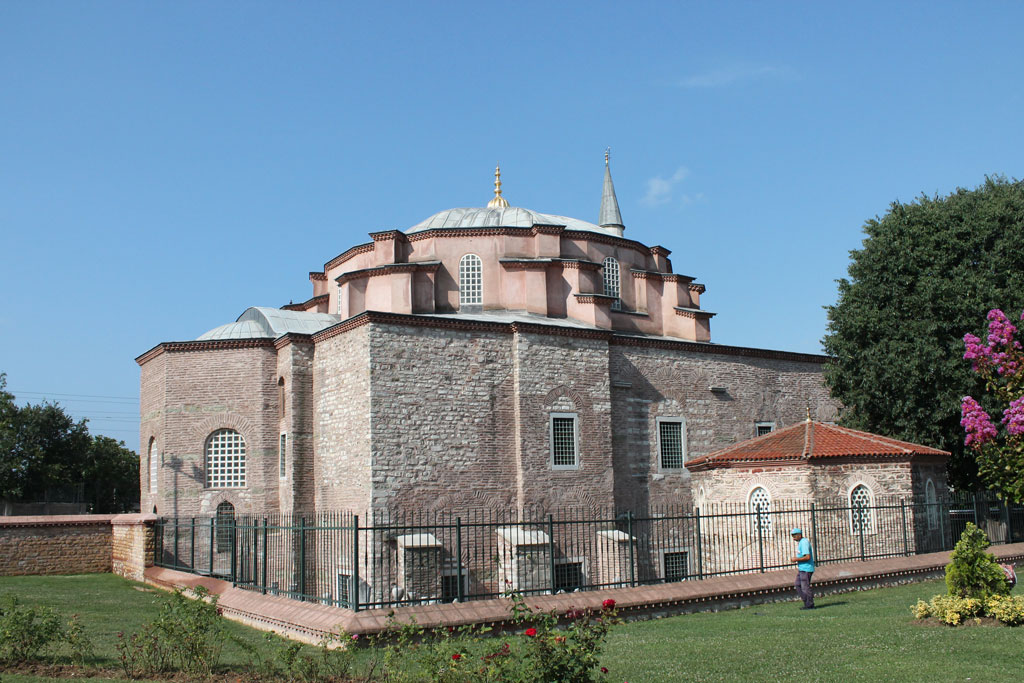
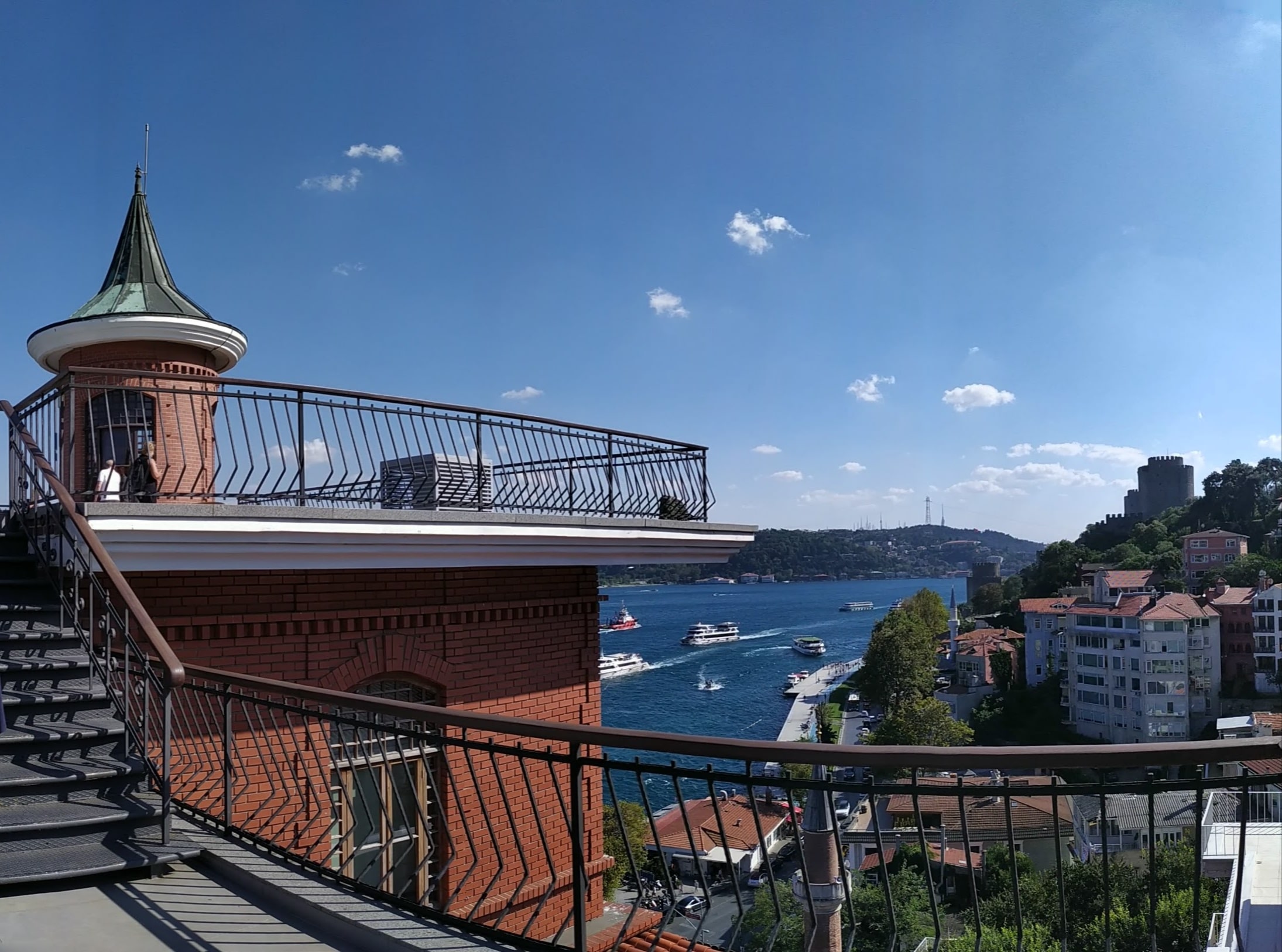
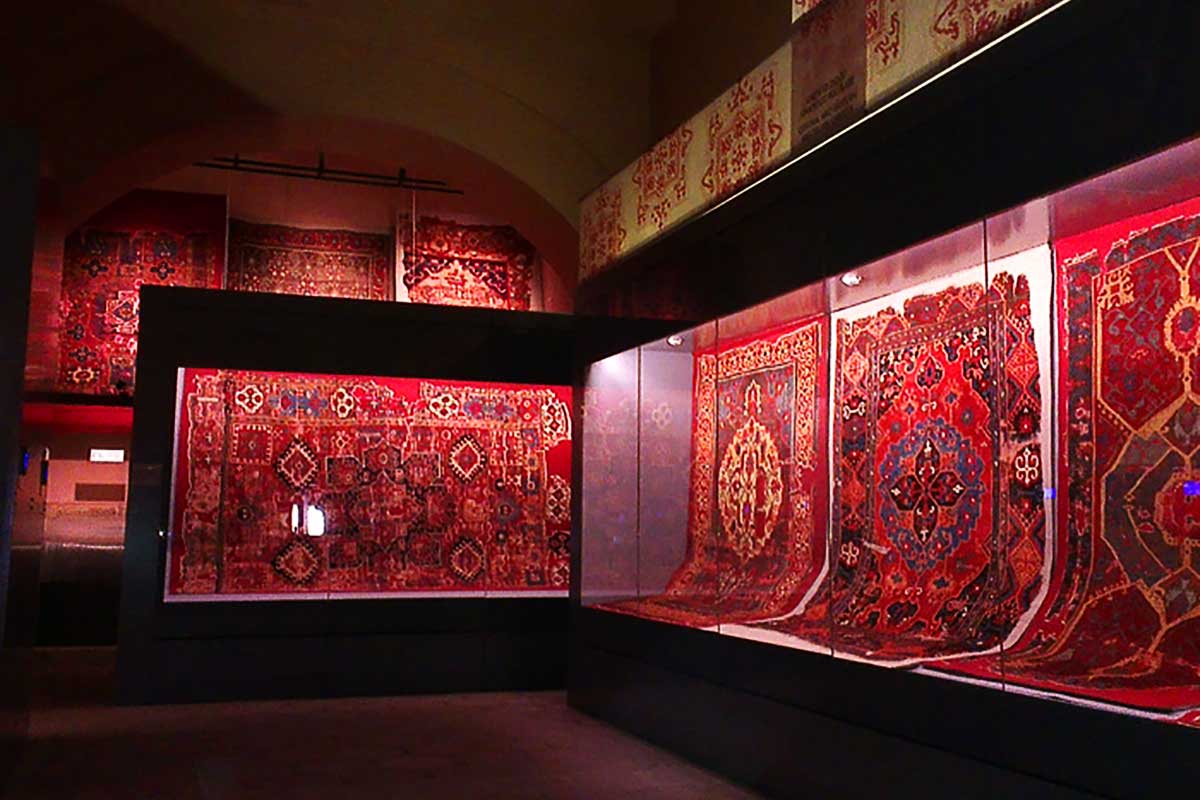




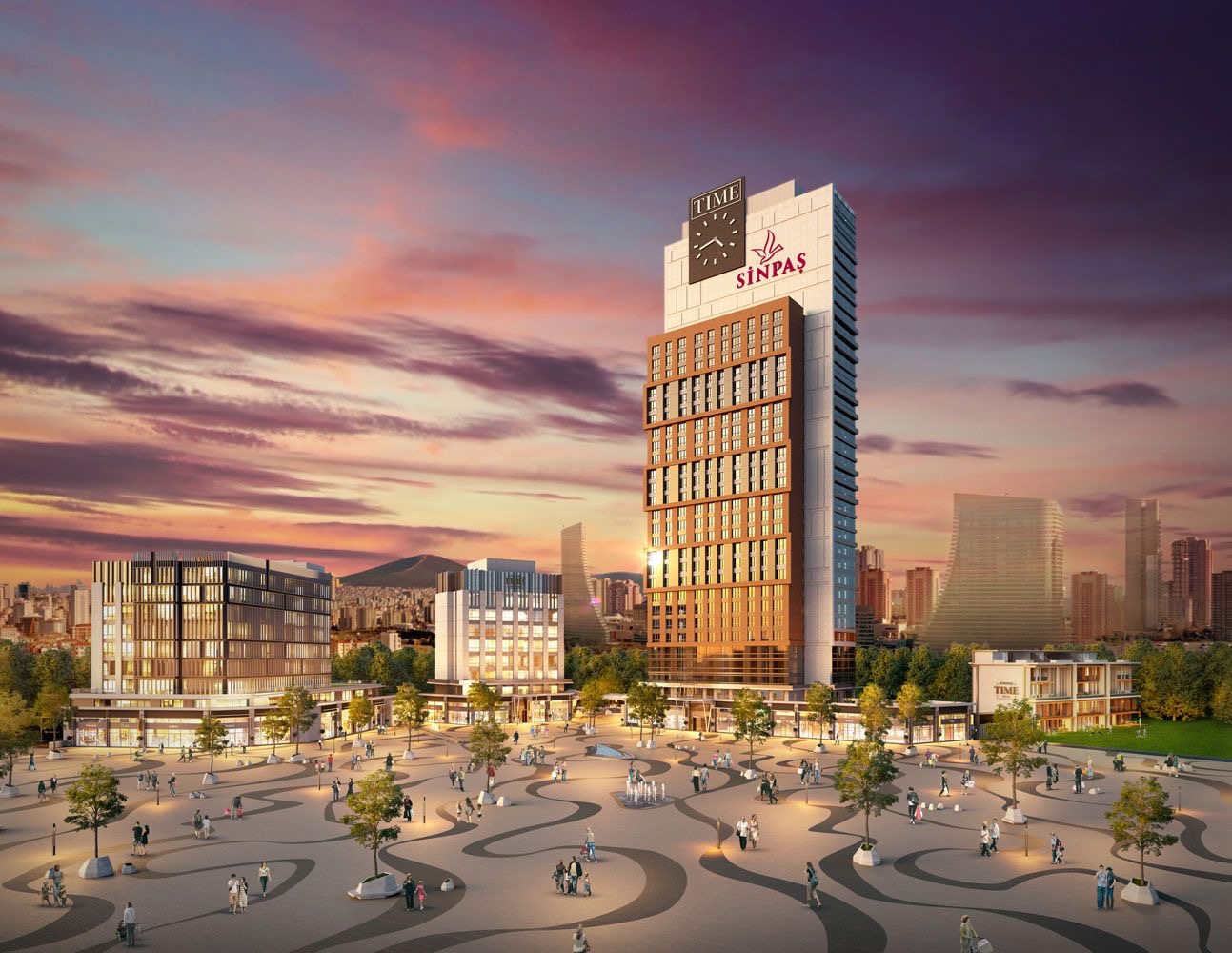

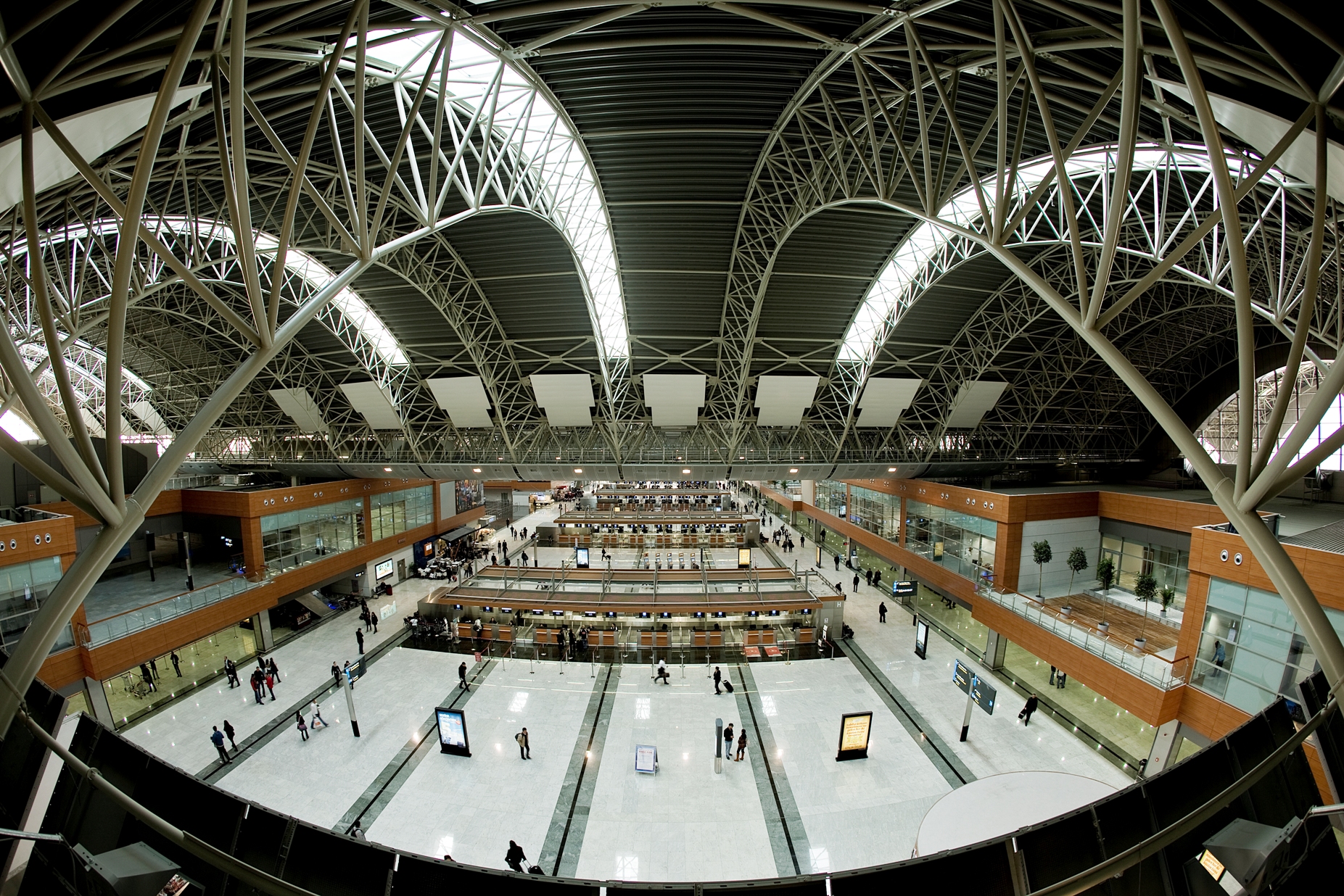

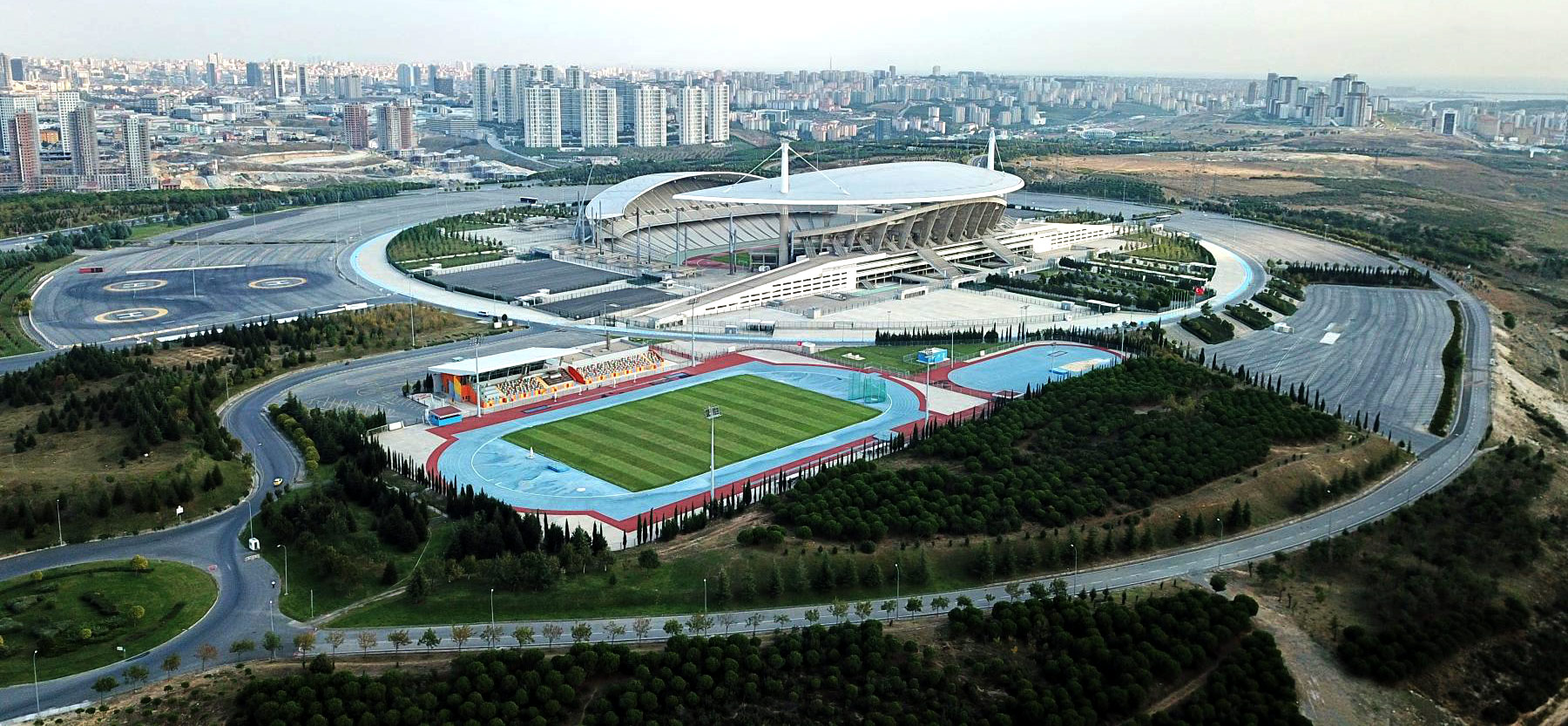
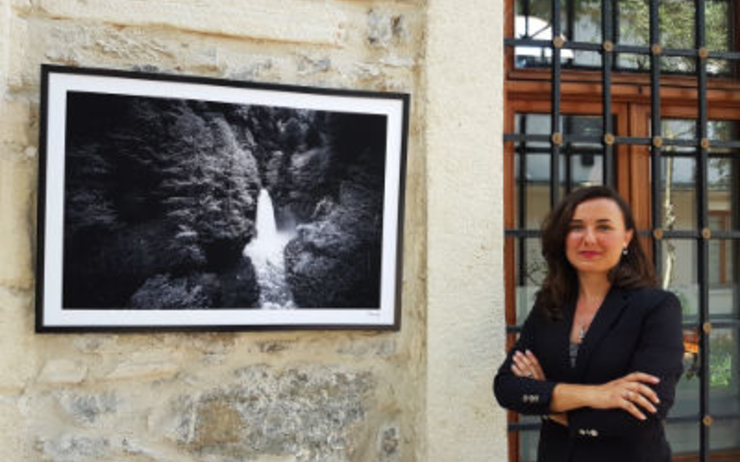
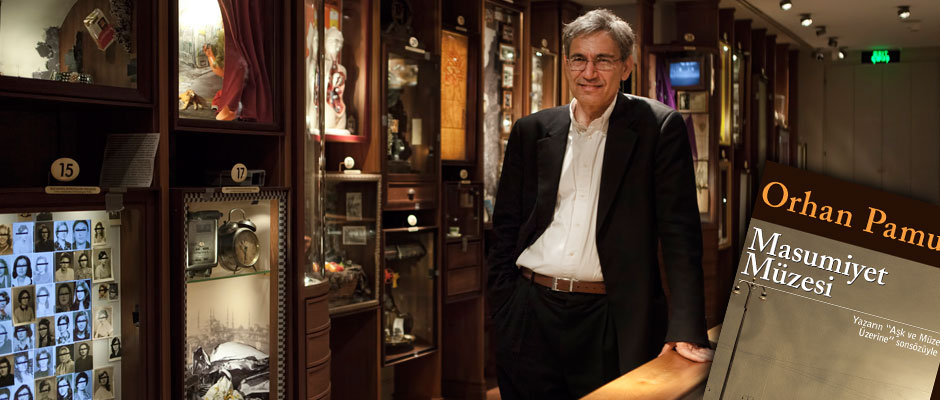

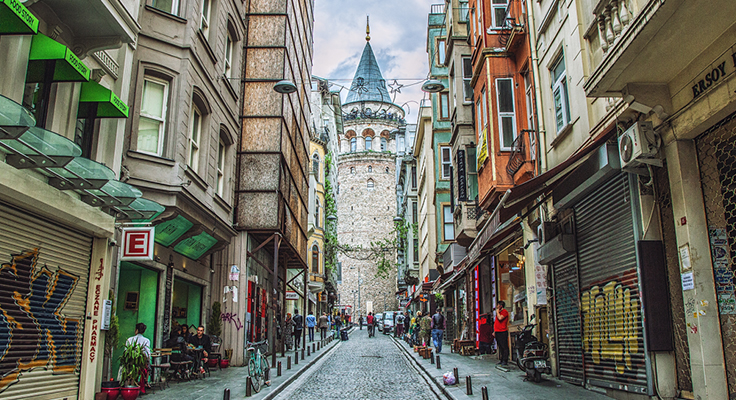
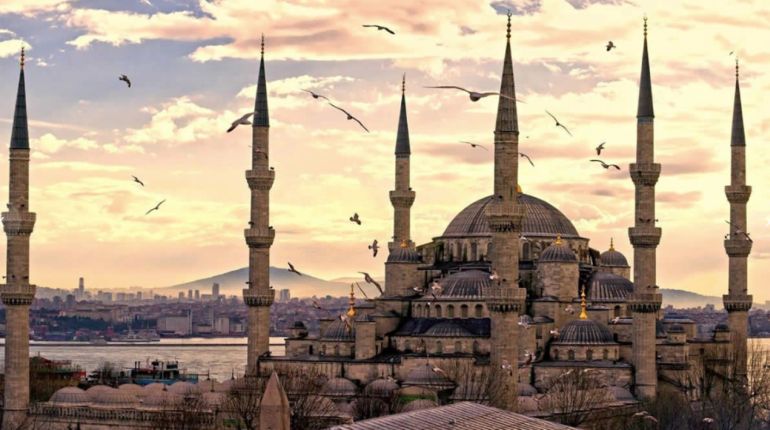
More posts by Gokce Nacar